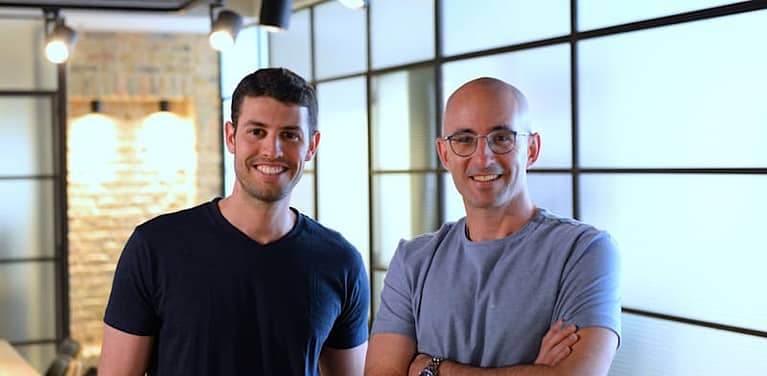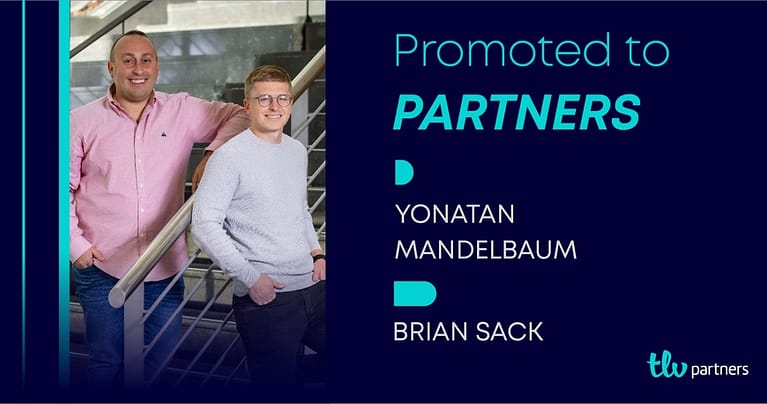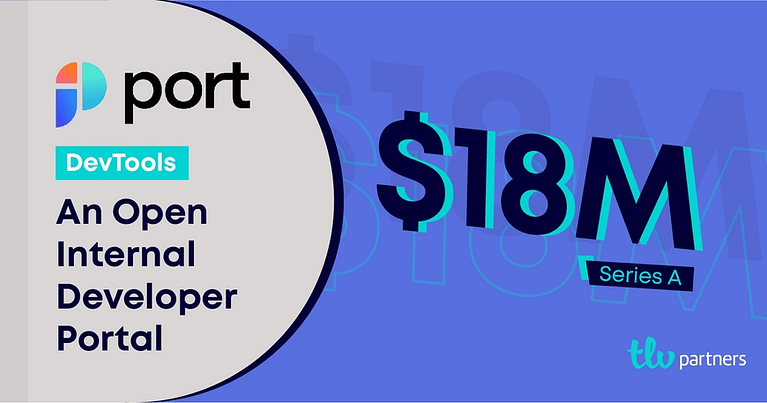After a half-decade of quiet advancements in artificial intelligence (AI), 2016 was a turning point in AI. Computers are now smarter and learning faster than ever. The timing of this progress is no coincidence, rather it comes as a result of several coinciding market factors.
Take image recognition for example. Recent advancements in this field can be traced back to a team of University of Toronto researchers, who won the world’s top image-recognition competition in 2012. That team was eventually recruited by Google, and its approach, which relied on a technique called deep learning (a subset of AI), was quickly adopted by the company. In a short period of time image recognition systems based on deep learning have become much more accurate; test error rates are down to about 5%, roughly on par with a human’s performance.
Another major milestone in AI was the open sourcing of deep learning frameworks. Take Tensorflow by Google for example. Tensorflow is a deep learning framework used to build and train neural networks. It has quickly become the most commonly used framework for developing deep learning applications, and democratized deep learning technology for engineers around the globe. The below graph indicates the size of the Tensorflow community in comparison to other popular deep learning frameworks.

Powering the above advancements is cloud computing infrastructure. Deep learning techniques require a tremendous amount of compute resources which can weigh a heavy toll on startups and enterprises alike. The past decade has seen computational resources quickly become more powerful and affordable, with the ability to process complex information,enabling even the smallest of teams to build robust applications.
The final piece of the puzzle is the widespread availability of large digital datasets. The amount of available digital data is growing rapidly, doubling approximately every two years. This, paired with new and affordable software tools to manage data is enabling developers to train their neural networks effectively and at scale.
The above four factors, advancements in AI by leading technology companies, the open sourcing of AI technology, the decrease in the price of compute power and the availability of digital data has set the scene for significant innovation through AI across several traditional industries. One such industry that could greatly benefit from the above advancements is the healthcare industry.
As Healthcare information becomes more accessible and cloud services are adopted by the healthcare market, levels of interoperability and collaboration are seeing the rise of services that were once unimaginable.
Within this context, we were thrilled to meet three brilliant entrepreneurs, Elad, Guy and Michael, with extensive experience in deep learning who chose to tackle a major pain in the medical imaging AI market. To date, Aidoc has already developed several significant breakthroughs in AI technology that serve as the backbone of their unique product.
Image processing in healthcare grabbed our attention a while ago for two main reasons: Firstly, the amount of digital data is growing exponentially as CT and MRI scans become common practice within the diagnostic process.
Secondly, as the number of scans dramatically increase, the growth in the number of radiologists available to analyze these scans has not kept pace. Evidence of this can be seen as far back as 1998 when the American College of Radiology (ACR), the largest placement service in diagnostic radiology, documented 1.3 job listings per job seeker and just two years later, witnessed the ratio grow to 3.8 listings per job seeker, an almost a 200% increase. Spurred by the need to operate more efficiently and productively, we believe that medical imaging facilities will increasingly turn to AI for help, and will actively seek out technologies to help automate their workflow.
Another challenge we came across while researching this market, is the healthcare industry’s general sensitivity to the adoption and implementation of new software systems. Although many segments could potentially use AI as way to enhance their processes only a few are currently structured enough to enjoy it; CT and MRI image processing is one of them.
During the due diligence process with aidoc, we were not only impressed by the high quality of the team but also with the company’s solution that is designed to seamlessly integrate within the radiologists’ workflow. By the end of the process and after talking to numerous radiologists who tested the solution, we were convinced aidoc has a real potential to lead this market.
Last but not least, we were captivated by the founders, all of whom are exceedingly intelligent, humble and hard workers. They have a collaborative and transparent approach which is exactly what we are looking for in our entrepreneurs. For us, every investment is the beginning of a journey with unexpected turns and obstacles, one that we would never set out to without feeling fully confident in our partners.
We are excited to announce our new investment in Aidoc! We wish Elad, Michael, Guy and Gal good luck!







